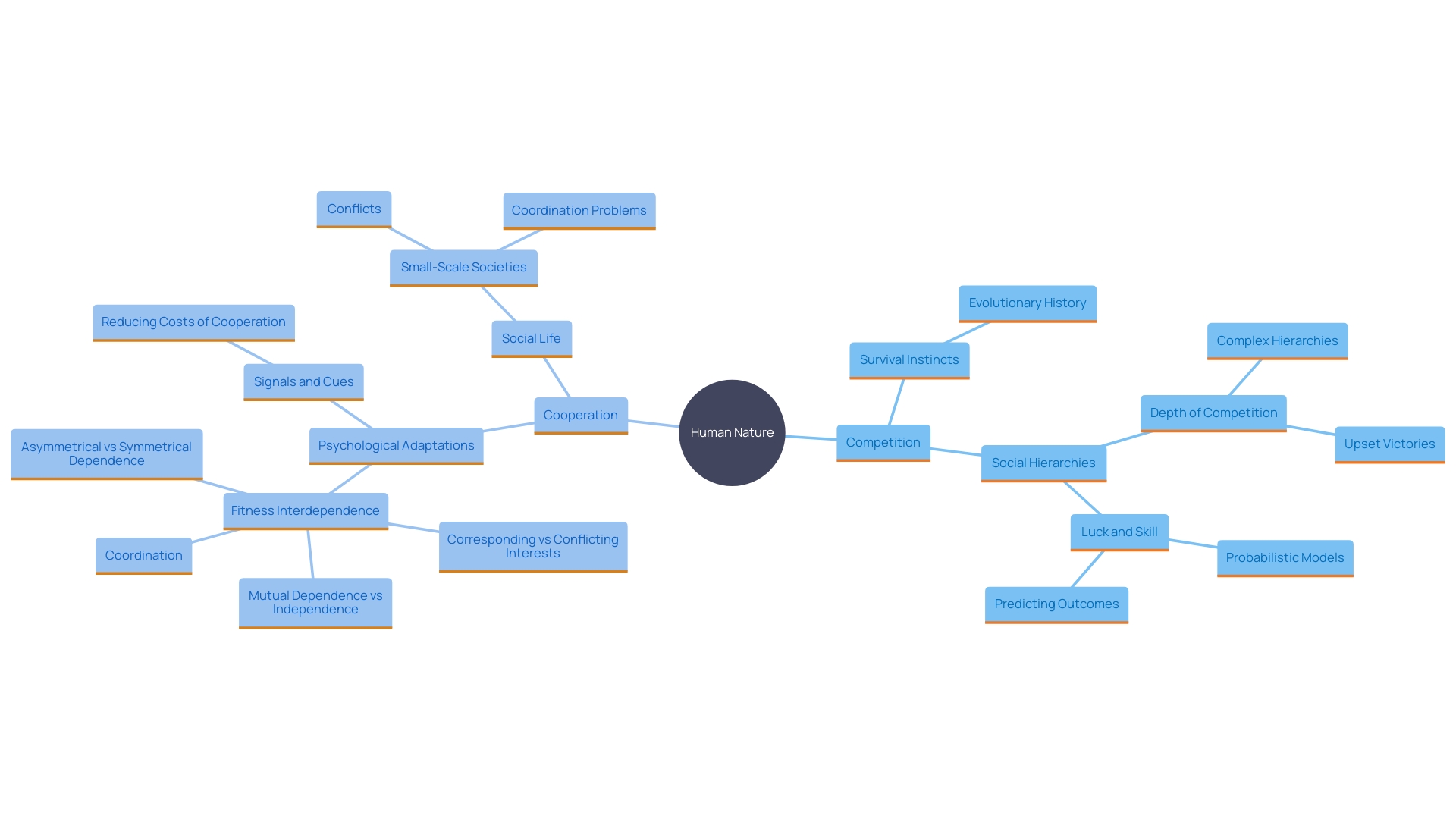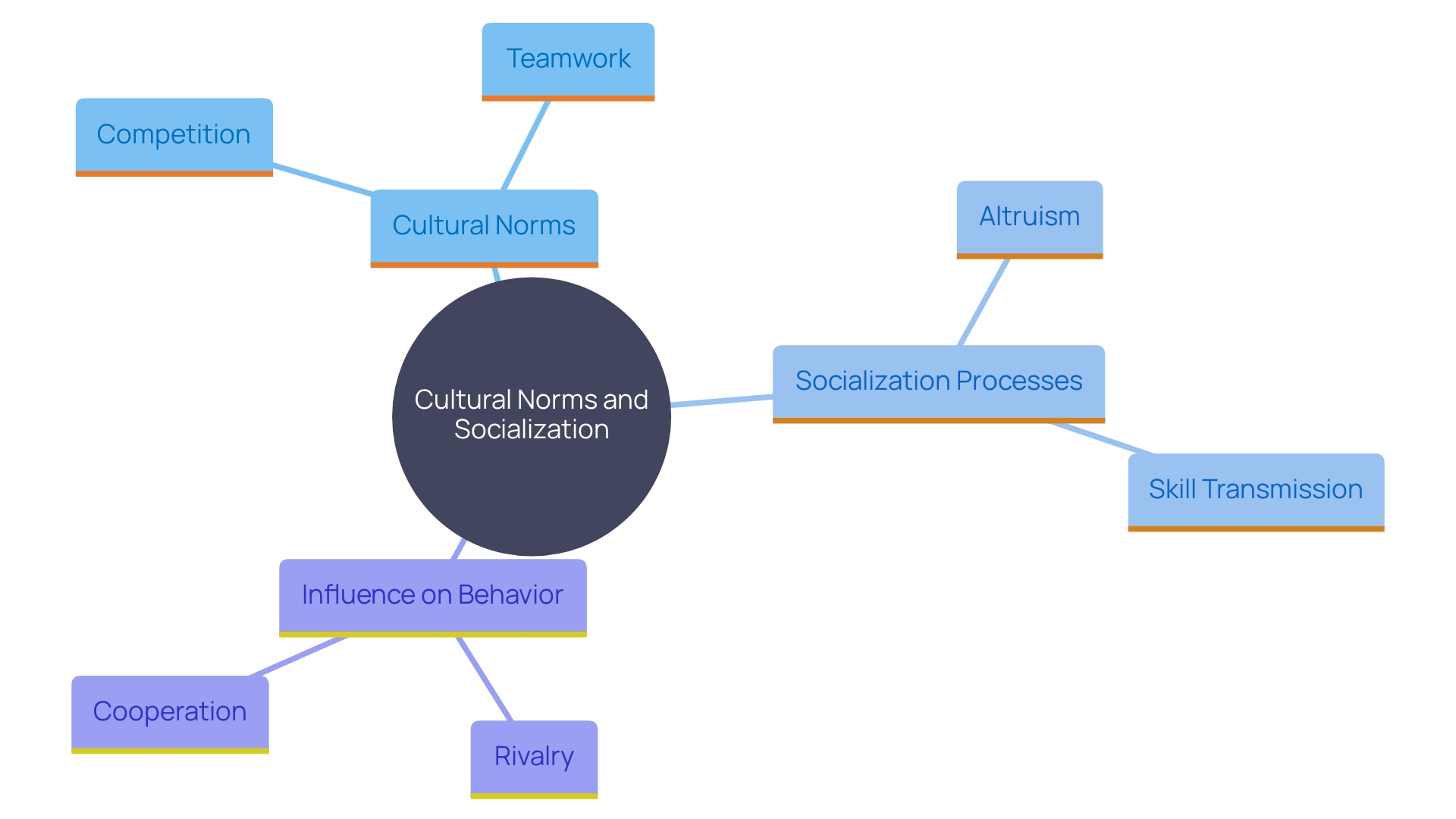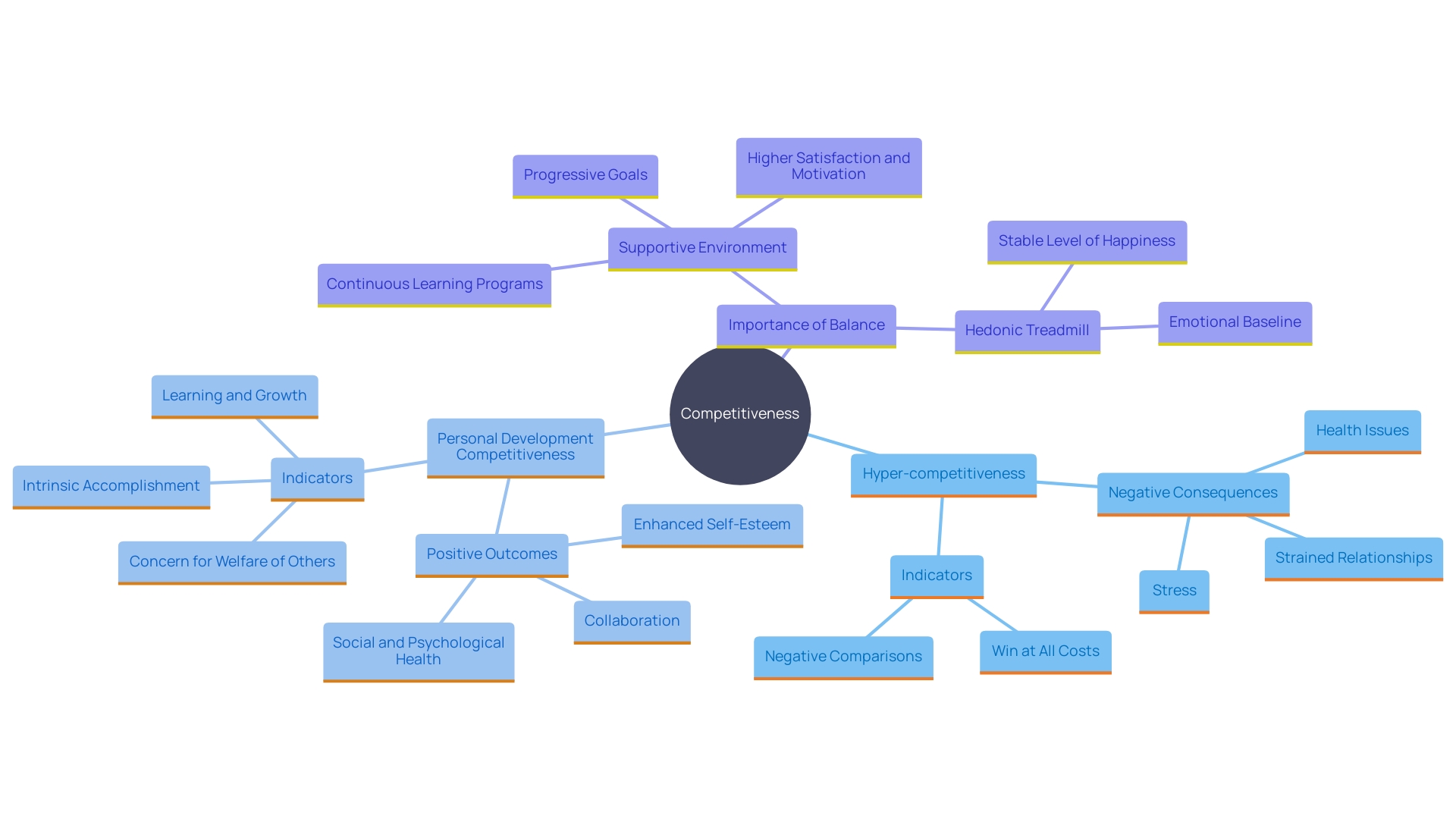Why Are People Competitive? Exploring the Psychological Roots and Strategies for Healthy Competition

What Drives People to Compete? The Psychology Explained
Competition is deeply woven into our evolutionary history, shaping how humans have survived, thrived, and built societies. From a fight for resources and mates to the race for professional achievement, competitive instincts are a legacy of our past. But what truly motivates people to compete, and how can understanding these motivations help individuals and organizations foster healthy, productive competition?
Key Focus Keywords:
-
Why are people competitive?
-
Psychology of competition
-
Evolutionary roots of competitiveness
-
Superiority vs mastery
-
Social and cultural influences on competitiveness
-
Healthy vs hyper-competition
-
Motivational psychology
-
Leadership and competitive culture
The Evolutionary Roots of Competitiveness
Competition is not just a modern phenomenon. It’s an innate human trait rooted in survival instincts. Early humans had to outcompete others for food, mating partners, and territory, which hardwired competitive behaviors into our DNA. Today, these instincts manifest in pursuits from sports to business, showing that the psychology of competition is fundamental to who we are.
Key insight: Research from evolutionary psychology and human behavioral ecology demonstrates a dynamic interplay between competition and cooperation, suggesting humans have evolved to balance both for optimal survival and societal progress.

Types of Competitiveness: Striving for Superiority vs Pursuing Mastery
Contemporary psychology identifies two main types of competitive drive:
-
Superiority-Driven Competition: Motivated by the desire to outperform others and gain external validation.
-
Mastery-Oriented Competition: Focused on self-improvement, learning, and personal growth, regardless of others’ achievements.
While both can motivate individuals, mastery-oriented competitiveness is linked to higher well-being, resilience, and long-term success. Emphasizing personal development helps prevent the negative side effects of excessive rivalry.
How Culture and Society Shape Competitive Behavior
Cultural context plays a crucial role in shaping how and why people compete. For example:
-
Societies that value individual achievement, such as many Western countries, tend to promote direct, visible competition.
-
In more collectivist cultures, teamwork and cooperation may be prioritized over individual rivalry, leading to different expressions of competitiveness.
Studies even show that socialization, reputation, and group norms can either intensify or soften competitive instincts. Effective leaders should be aware of these cultural variables to harness competition positively within teams or organizations.

Psychological Factors: Internal and External Motivations
Why are some people more competitive than others? Motivation plays a key role. Psychological research distinguishes between:
-
External Motivation: Driven by rewards, recognition, or social pressure (extrinsic).
-
Internal Motivation: Fueled by personal satisfaction and enjoyment of the activity (intrinsic).
High-performing individuals and teams are often characterized by strong intrinsic motivation, which enhances resilience, creativity, and sustained achievement over time.
The Impact of Group Size on Competitive Dynamics
Team size can significantly influence competitive energy:
-
Smaller teams foster accountability, personal responsibility, and higher motivation.
-
Larger groups may see reduced individual effort (“social loafing”) and diminished competitive drive.
Organizations seeking to promote healthy competition should tailor group size and structure for optimal results.
Risks of Hyper-Competitive Environments
Overly competitive (‘hyper-competitive’) cultures can be toxic, leading to burnout, anxiety, decreased teamwork, and even unethical behaviors. Maintaining a balance is key:
-
Encourage friendly rivalry and personal growth.
-
Recognize contributions based on mastery, not just results.
-
Build a culture where collaboration and mutual support coexist with competition.

How Leaders Can Foster Productive Competitive Cultures
Understanding the psychological roots of competition allows leaders to unlock its benefits—such as innovation, motivation, and agility—while minimizing risks. Evidence-based strategies include:
-
Promoting mastery and personal development competitions.
-
Encouraging a growth mindset where effort and learning are valued.
-
Involving all team members in problem-solving and decision-making.
-
Adopting fair recognition and reward systems that align with organizational values and goals.
Leaders equipped with knowledge of competitive psychology are empowered to build teams and cultures that thrive in dynamic landscapes.
Conclusion: Embrace a Balanced Approach to Competition
Competitiveness is a double-edged sword. When managed wisely, it energizes innovation, personal achievement, and societal progress. Mismanaged, it can erode well-being and undermine collaboration. By understanding the deep psychological, cultural, and evolutionary roots of competition, individuals and organizations can transform rivalry into a force for growth and creativity.
